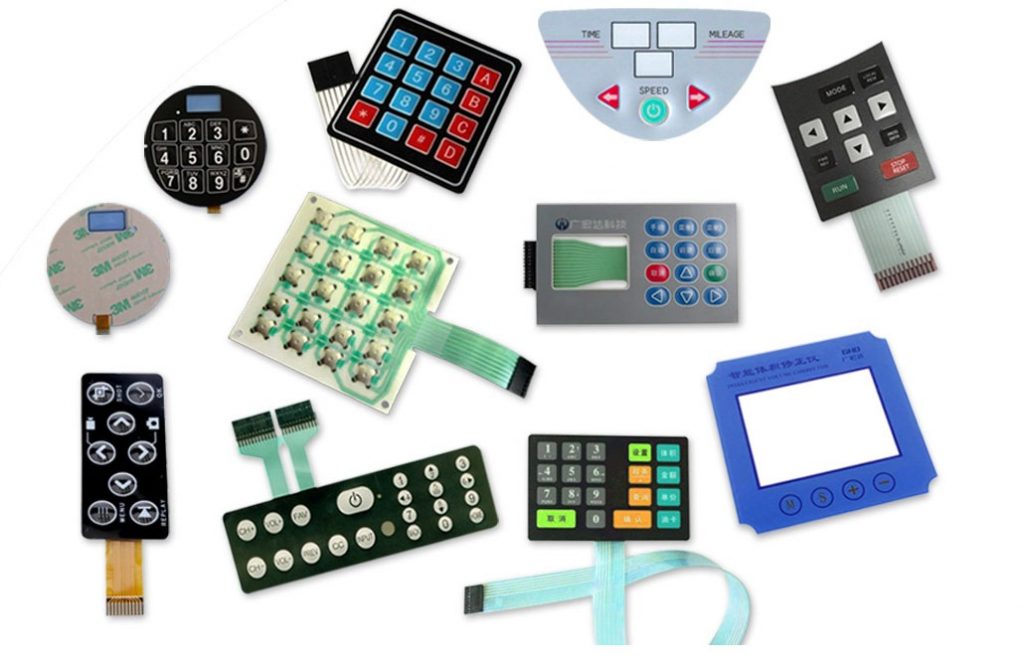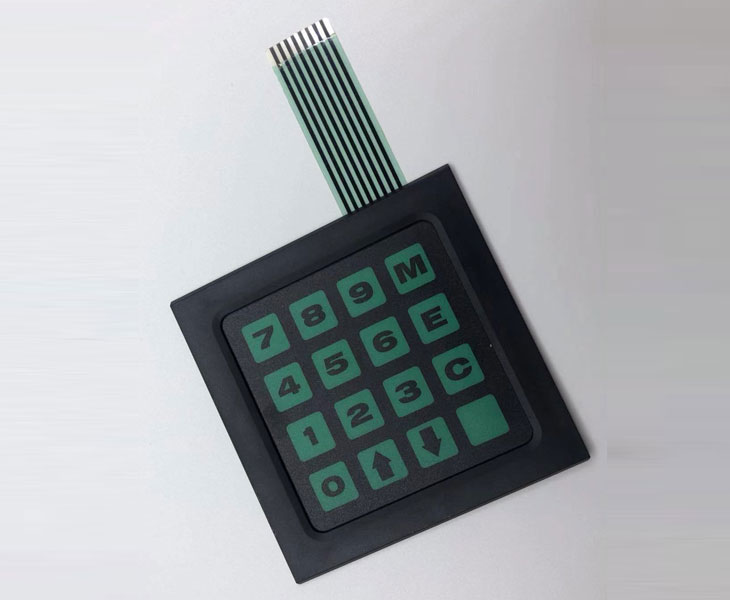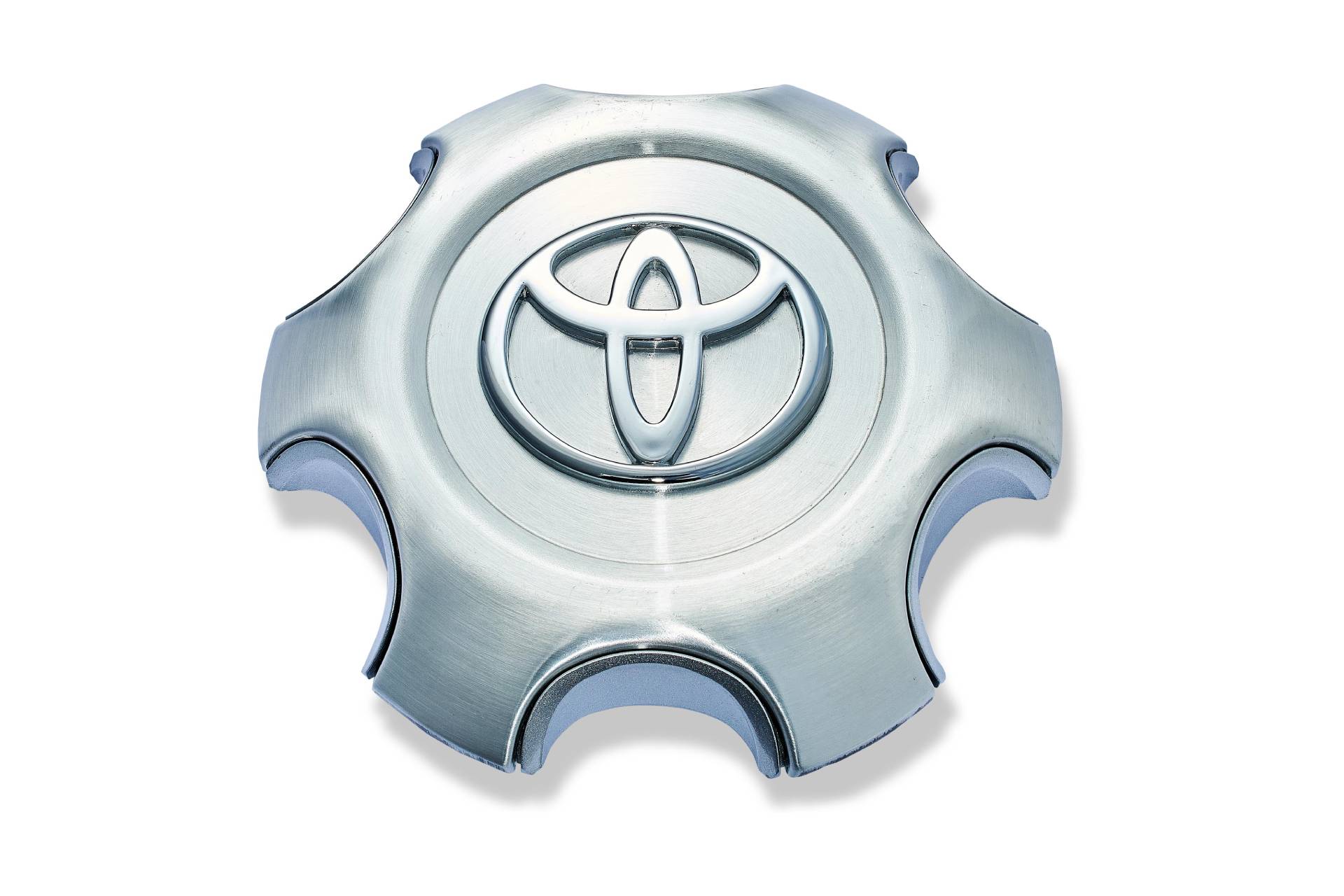Membrane switch safety features for medical environments
The Production Process Behind Membrane Change: What You Required to Know
The manufacturing process behind membrane layer changes combines mindful layout, material option, and top quality control. It starts with understanding the intricacies of membrane button style and advances through numerous phases, including material choices and printing methods. Each phase plays an essential duty in guaranteeing functionality and longevity. The complexities of layer building and construction and the strenuous screening requirements might reveal understandings that are not quickly noticeable. What exists beyond these foundational elements?
Comprehending Membrane Change Style
Membrane layer switches may show up basic at initial glance, their layout entails detailed factors to consider that ensure functionality and longevity. The design process begins with a thorough understanding of individual demands, including the user interface's intended application and ecological variables. Functional designs is a vital aspect, as the design has to promote convenience of usage while making sure that tactile responses satisfies individual expectations.Moreover, the layering of components, such as graphic overlays, sticky layers, and conductive traces, have to be specifically crafted. membrane switch. This split arrangement not just influences the switch's responsiveness however additionally affects its longevity. Interest is offered to the sealing techniques used to shield against moisture and dirt, which can compromise performance. Additionally, layout factors to consider include visual appeals, where color plans and visual quality boost customer experience. Inevitably, the design of membrane layer changes balances performance, customer experience, and longevity, guaranteeing that they satisfy the demands of numerous applications efficiently
Products Made Use Of in Membrane Switch Manufacturing
When picking products for membrane switch production, it is important to ponder both efficiency and resilience. The primary materials consist of polyester and polycarbonate films, which give flexibility and toughness. These films are often coated with adhesive to guarantee correct bonding to substratums. Conductive inks, usually composed of silver or carbon, are crucial for producing electric connections within the switch, enabling trusted operation.Additionally, a safety layer, such as a hard layer, is often put on improve scrape resistance and longevity. The selection of backing product, such as acrylic or foam, can considerably impact the switch's responsive feel and overall individual experience. Different ecological aspects, consisting of temperature and humidity, should direct product selection to guarantee peak performance in specific applications. Eventually, the best combination of materials contributes to the membrane layer button's performance and lifespan, making notified selections crucial for makers.
The Printing Process: Creating Graphics and Text
The printing process in membrane switch manufacturing plays a considerable role in producing top notch graphics and text. Different graphic layout methods are employed to assure visual appeal and functionality, while cautious ink option approaches are necessary for longevity and efficiency. Understanding these elements is fundamental for accomplishing best outcomes in membrane button design.
Graphic Layout Techniques
Graphic layout methods play an essential role in the printing process of membrane layer buttons, as they specify just how graphics and message will ultimately show up on the end product. Efficient visuals style includes the critical usage of colors, typefaces, and layouts to improve readability and aesthetic allure. Developers usually utilize vector graphics for scalability, making certain that photos stay sharp at numerous sizes. In addition, focus to contrast and positioning is crucial, as it influences user interaction and aesthetic top quality. The incorporation of branding components, such as logos, have to be taken care of with like preserve brand name honesty. On the whole, thoughtful graphic design strategies contribute considerably to the capability and attractiveness of membrane layer buttons, affecting user experience and product performance.
Ink Option Methods
Picking the appropriate ink is important for accomplishing the preferred aesthetic high quality and longevity in membrane layer button production. Different ink types are utilized, including solvent-based, water-based, and UV-curable inks. Each type uses distinctive features, such as flexibility, resistance, and adhesion to ecological elements. Solvent-based inks are often preferred for their longevity and lively shades, while water-based inks are more eco-friendly yet might have restrictions in adhesion. UV-curable inks offer quick healing and durable efficiency. Additionally, shade matching methods ensure that the chosen inks line up with style specs. Ultimately, the choice of ink have to consider factors such as application technique, substrate compatibility, and end-use demands to achieve premium results in membrane layer button graphics and message.
Layer Building and Setting Up

Material Choice Process
A mindful choice of materials is important in the manufacturing process of membrane switches, as it straight influences functionality and toughness. The main materials utilized consist of polyester, polycarbonate, and various conductive inks. Polyester is often read this post here favored for its exceptional resistance to chemicals and abrasion, making it appropriate for extreme atmospheres. Polycarbonate, on the other hand, supplies superior clearness and influence resistance, which is beneficial for applications requiring presence and robustness. Conductive inks, commonly made up of silver or carbon, are essential for creating dependable electrical paths. In addition, the selection of sticky products impacts the overall stability of the switch - membrane switch. Evaluating variables such as environmental direct exposure, tactile comments, and aesthetic needs overviews producers in picking the most effective materials for their details applications
Layer Attachment Techniques
Adhering layers in membrane switch construction is a vital process that ensures performance and long life. Numerous attachment strategies are used to protect excellent bonding in between layers, which typically include the usage of adhesives, heat, and stress. Pressure-sensitive adhesives (PSAs) are generally used for their simplicity of application and prompt bonding capacities. Furthermore, thermal bonding techniques can be used, where warm is made use of to turn on sticky homes, securing a solid bond. The choice of bond technique mostly depends on the materials involved and the details application demands of the membrane layer switch. Correct positioning and uniform application of adhesives are vital to avoid issues, securing the button operates efficiently throughout its intended lifespan.
Quality Assurance Procedures
Assuring top quality control during the layer construction and setting up of membrane layer switches is necessary for keeping efficiency and reliability. This procedure commonly involves a number of crucial measures, including comprehensive inspections at each phase of production. Manufacturers make use of sophisticated testing techniques, such as peel tests and attachment assessments, to confirm the honesty of layer bonds. Additionally, visual inspections are performed to identify any type of flaws in printing or product inconsistencies. Ecological problems, such as temperature and humidity, are very carefully monitored to guarantee suitable healing and attachment. Normal calibration of devices assists maintain precise manufacturing standards. By carrying out these high quality control measures, manufacturers can considerably decrease the danger of product failure, ensuring that the final membrane layer switches over satisfy the called for requirements and customer expectations.
Checking and Quality Assurance Procedures

Technologies in Membrane Layer Change Technology
As innovations in innovation proceed to progress, membrane buttons are profiting from innovative developments that enhance their functionality and customer experience. One significant technology is the integration of capacitive touch technology, which permits more user-friendly and receptive interface. This shift not only enhances aesthetics yet additionally decreases mechanical wear and tear, expanding the life expectancy of the switches.Additionally, developments in visuals overlay products have resulted in improved toughness and resistance to environmental factors such as wetness and UV light. These materials now supply improved clarity and brightness, additional elevating the visual appeal.Furthermore, the unification of clever technology is changing membrane switches right into interactive control board, allowing connection with IoT tools. This connectivity promotes a smooth customer experience, leading the way for applications in various industries, from healthcare to consumer electronic devices. Collectively, these innovations placement membrane layer switches over as critical parts in modern-day gadget layout.
Regularly Asked Inquiries
For how long Does the Membrane Layer Switch Production Process Take?
The period of the membrane button production procedure can differ substantially. Aspects such as intricacy, materials used, and manufacturing volume influence timelines, with regular manufacturing ranging from a few days to several weeks for conclusion.
What Are the Common Applications for Membrane Switches?
Membrane layer buttons are typically utilized in numerous sectors, consisting of automotive controls, house appliances, medical gadgets, and consumer electronic devices (membrane switch). Their versatility and resilience make them excellent for applications needing straightforward user interfaces and reliable performance in varied settings
Can Membrane Switches Over Be Personalized for Specific Needs?

What Is the Lifespan of a Regular Membrane Layer Switch?
The life expectancy of a regular membrane layer switch differs, yet usually, it varies from 1 to 5 million cycles. Elements such as use, environment, and material top quality greatly affect resilience and total performance in time.

Are Membrane Switches Over Ecologically Pleasant?
The ecological kindness of membrane layer switches differs. Some materials used might not be recyclable, while others can be eco-friendly. The overall impact depends on manufacturing materials and methods, requiring mindful factor to consider throughout selection and disposal. The manufacturing procedure behind membrane layer switches over combines mindful style, material choice, and top quality control. It starts with comprehending the details of membrane layer switch style and advances with various phases, consisting of product options and printing strategies. When choosing products for membrane layer switch manufacturing, it is vital to contemplate both efficiency and toughness. A cautious option of materials is important in the production procedure of membrane layer buttons, as it straight influences capability and toughness. The selection of attachment method mostly depends on the materials involved and the certain application needs of the membrane layer button.